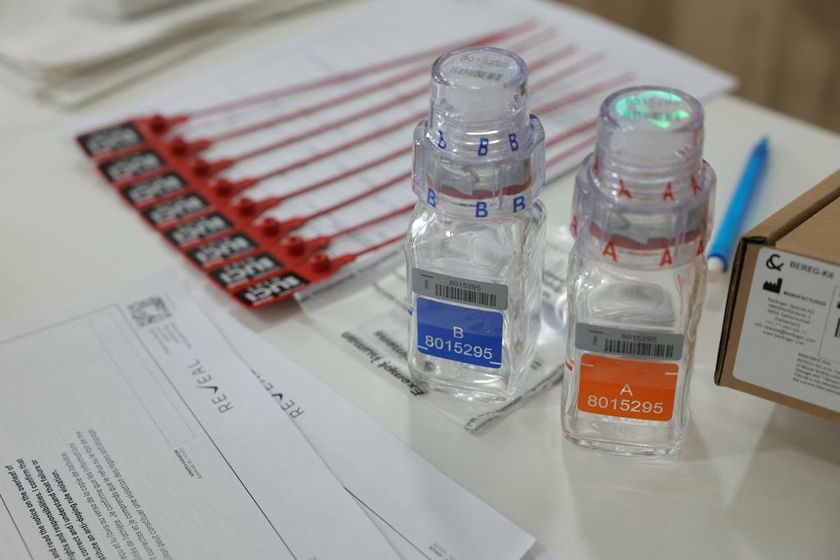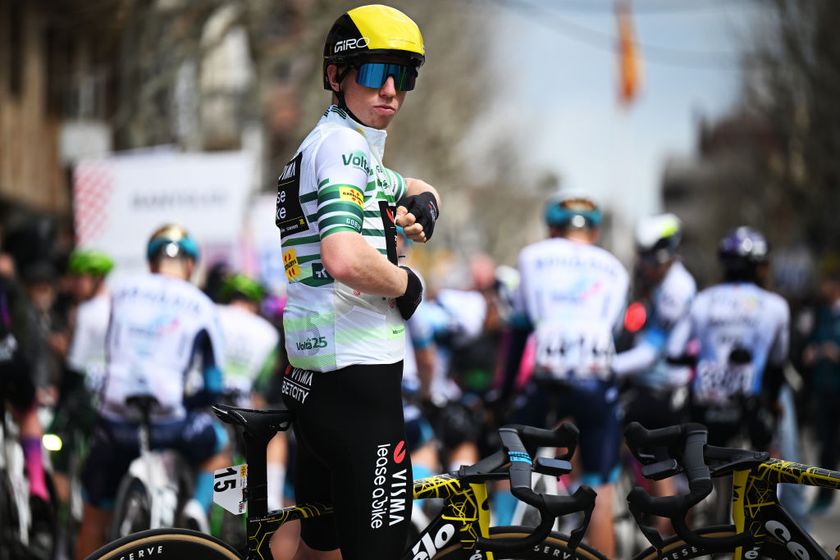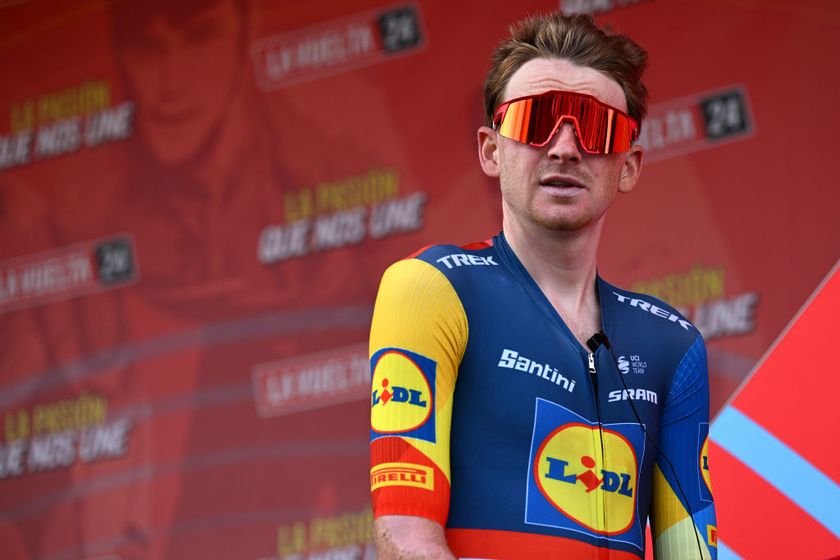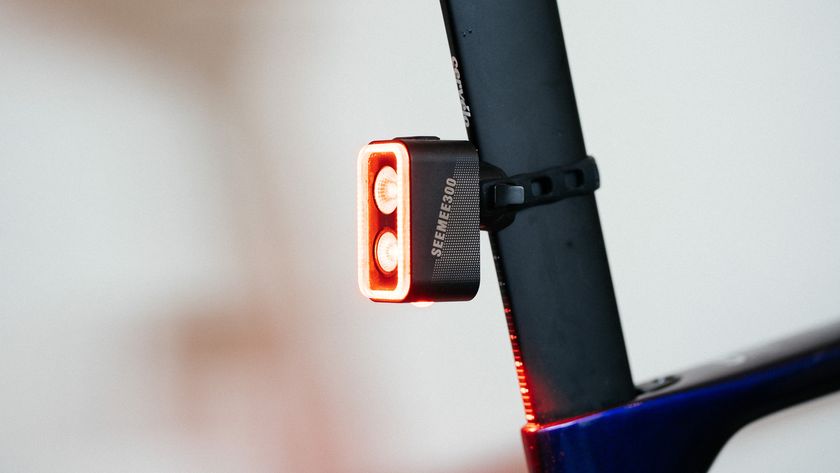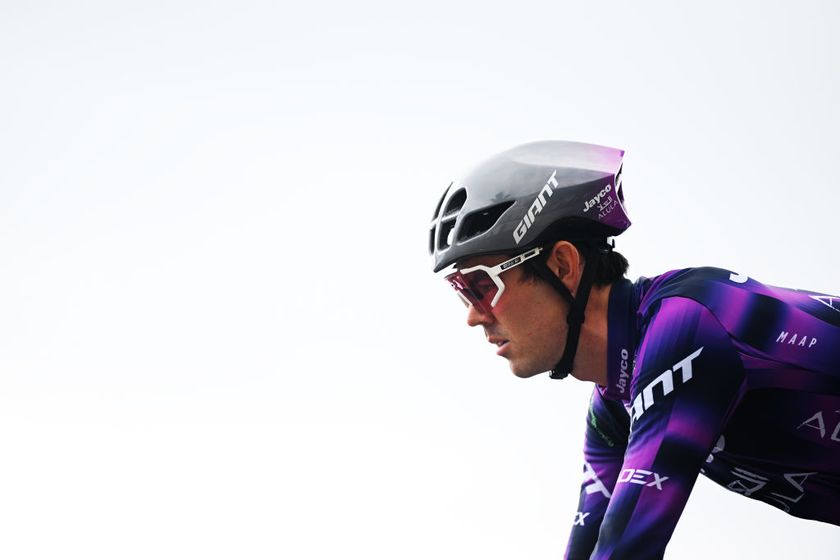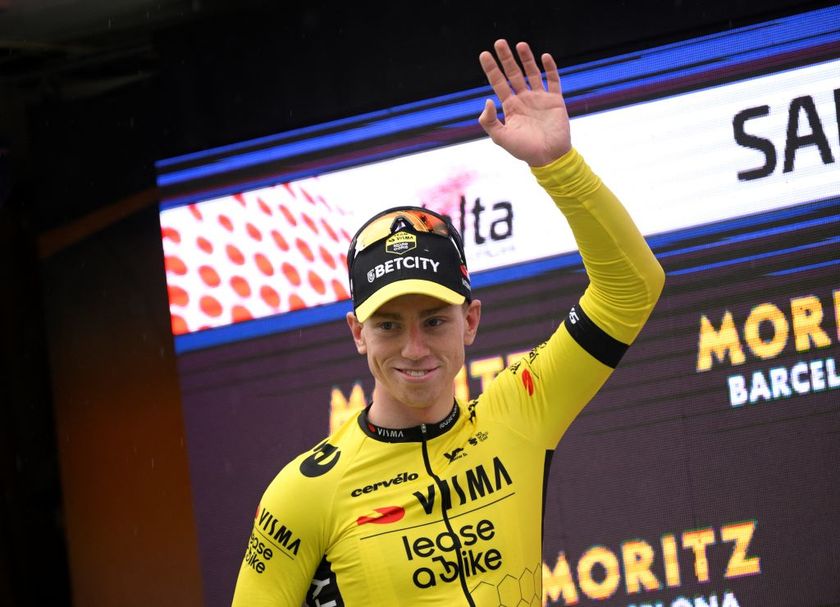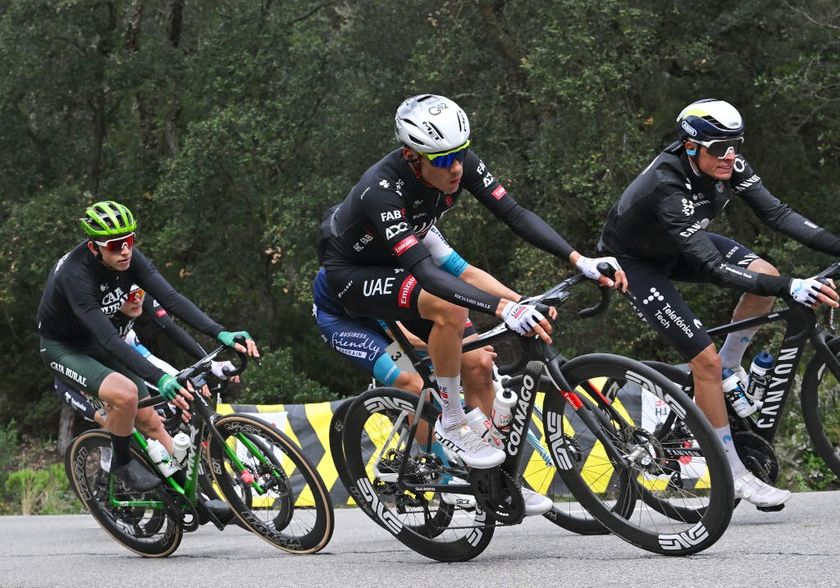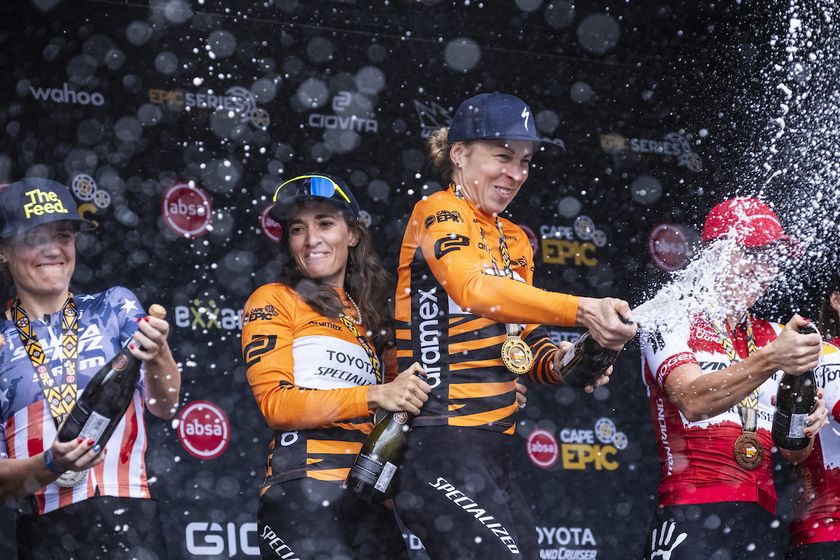Quintana's thoughts turn to Tour de France after falling short at Giro
Colombian will not race again until Grand Départ in Dusseldorf





In a car park in Asiago on Saturday afternoon, Movistar manager Eusebio Unzue was already smilingly resigned to the inevitable, though he dared not admit as much then, with 29.3 kilometres of the Giro d'Italia still to run.
After the final mountain stage of the Giro, Nairo Quintana was in the pink jersey, with a lead of 53 seconds over the man most likely to depose him, fourth-placed Tom Dumoulin (Sunweb). It was never going to be enough, not with a flat time trial to come the following afternoon. "We could have done with another minute," Unzue said wistfully. "I would have liked 1:53…"
Quintana clawed back 3:34 on Dumoulin during the Giro's final week, but considering the terrain and the circumstances, it was a disappointing turnaround. The race's final act featured four mountain stages, including three in succession, but Quintana failed to take advantage of the favourable contours of the route book. His underwhelming final week is brought into sharper focus by the fact that some 2:10 of the time gained came on stage 16 to Bormio, where Dumoulin was forced to stop for an abrupt toilet break at the base of the Umbrailpass.
For the rest of the week – and even when he tracked Nibali atop the Umbrailpass – Quintana's accelerations lacked the bite and conviction of the final week of the 2014 Giro, say, or his breakout Tour de France of 2013. Has the world changed or has Nairo Quintana changed?
"I think Nairo was missing that percentage point of brilliance he's had in the past," Unzue said. "On this Giro, apart from the day of the Blockhaus, he hasn't been able to make the difference. The level of the favourites has been very even."
Even if Quintana had defied the odds and held onto his maglia rosa on the final afternoon – and he did, in the end, produce a respectable time trial to retain second place overall, 31 seconds behind Dumoulin – it was clear that his Giro 2017 vintage had been some way short of his best. It was had more in common with his flat display at the 2016 Tour than his more effervescent Vuelta a España later that summer.
"It would seem arrogant, with Nairo leader on the penultimate day, to say that we're dissatisfied with his performance. I am very satisfied with his performance," Unzue said "He showed a lot of class in the race, because he didn't have the same sharpness he's had in the past, in the mountains above all, but also in the time trial, because in the past, he's sometimes done some very nice time trials.
Get The Leadout Newsletter
The latest race content, interviews, features, reviews and expert buying guides, direct to your inbox!
"But the body isn't a perfect machine. There are days when you're better and days when you're worse. He's ridden at a good level simply to be at up there with the others in this Giro. And he made some differences on the Blockhaus."
Speaking in Milan on Sunday after the lengthy podium ceremonies on Piazza Duomo had finally come to an end, Quintana looked to put his Giro in context, and revealed that he had been suffering from a cold in the final week of the race, specifically at Piancavallo – the very day he retook the maglia rosa from Dumoulin. "In those conditions you can't give 100 per cent, so it was already good just to be up there with the best," Quintana said.
Long before Piancavallo, however, Quintana had been struggling to place his rivals under undue duress in the high mountains. In Winner Anacona and Andrey Amador, he had the best supporting act at the Giro, but, Blockhaus aside, they never quite added up to the sum of their parts. After claiming that win on the Blockhaus and digesting a defeat at Oropa, a tired Quintana fought out a succession of score draws in the final week, and the Giro ebbed away from him.
Tour de France
Quintana's Giro was billed as the first leg of his tilt at a famous doblete. Not since Marco Pantani in 1998 has a rider managed to win the Giro and Tour in the same season and, Alberto Contador apart, nobody has made a realistic attempt to do so in the intervening period. Instead, like Laurent Fignon in 1984 or Miguel Indurain in 1994, Quintana must prepare for the Tour while brooding on a disappointment at the Giro.
Both Fignon and Indurain, of course, went on to wear yellow in Paris in July, and Unzue was adamant that riding the Giro has not damaged Quintana's prospects of emulating them. Last year after all, Quintana followed his lacklustre fourth place at the Tour with the second Grand Tour win of his career at the Vuelta. Perhaps Movistar genuinely felt Quintana needed to ride the Giro to be ready for Chris Froome, Richie Porte et al at the Tour.
"We did everything to come here to the Giro in top condition, but I hope in the days to come, he can recover and do a great Tour," Unzue said in Milan on Sunday.
"I don't have the key. I can only say that I want to see him like we've seen him many times in the past. I hope that he's at the same level as his best years. Last year at the Tour, Nairo wasn't sharp, not even in the mountains. But then at the Vuelta, he went a lot better. And that's how it is sometimes, the body makes some surprising changes."
Quintana is not scheduled to race again ahead of the Grand Départ of the Tour in Dusseldorf on July 1. Although he filled the long gap between Tirreno-Adriatico and the Giro with an appearance at the Vuelta a Asturias, where he won a stage and placed second overall, Quintana will eschew competition for the next five weeks.
He will be joined at the head of Movistar's Tour team by Alejandro Valverde, who at 37 years of age and five seasons on from returning after a doping ban, has defied all logic with the quality of his performances and the quantity of his wins thus far in 2017.
"This first week of rest is what Nairo needs the most," Unzue said. "After that, Nairo will start to train a bit. I'm hopeful the 35 days between the races will give enough time to recover and prepare. In the end, I think coming to the Giro will stand to him as a good block of work ahead of the Tour. I hope he recovers well. It should be a great base for the Tour."

Barry Ryan was Head of Features at Cyclingnews. He has covered professional cycling since 2010, reporting from the Tour de France, Giro d’Italia and events from Argentina to Japan. His writing has appeared in The Independent, Procycling and Cycling Plus. He is the author of The Ascent: Sean Kelly, Stephen Roche and the Rise of Irish Cycling’s Golden Generation, published by Gill Books.

